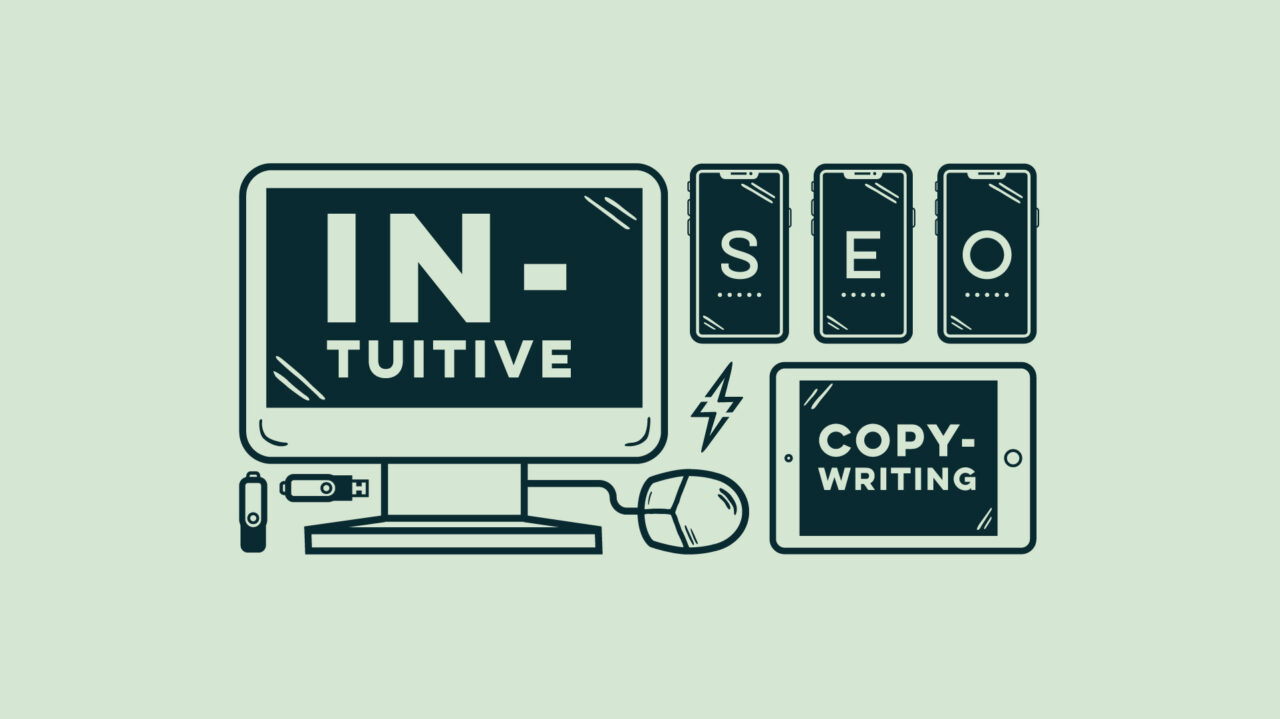No more excuses. Your website impacts how people perceive your business. Most importantly, it affects your bottom line. Investing in your website in 2016 can-and-will improve the profitability of your business.
Here’s 10 important ways to improve the effectiveness of your website in 2016 and beyond:
1. Logo Refresh
It might seem strange in a post about websites, to begin by talking about your logo. But the thing is, your logo is the heart of your brand. It is the foundation of everything your visual identity is built on. A flawed logo will hurt your brand wherever it is represented–especially on your website.
Is your logo hurting your brand?
- A dated logo will make your company and your website seem “behind the times”
- A logo that represents only part of your brand (not all of it) can hurt brand perception.
- A logo that can’t scale in size will lose readability at small sizes.
- A logo that relies on gradients and textures is not versitile.
- A logo that was not designed by a logo expert, simply looks unprofessional.
I could go on, but you get the point. If your logo needs a redesign, now is the time to do it. Don’t design your website around a flawed logo, or your website will also be flawed.
One last point on your logo. Talk to a branding expert about your logo. Friends, family, and employees will all have emotional connections to your logo that could cloud their judgement.
2. New Tagline
Do you have a tagline? Is it refined? Does it encompass everything that your business does?
It’s easy to underestimate the power of taglines. They can be a vital part of your brand’s identity–but only if they work.
The power to sum up your business in just a few words is invaluable. It’s also very very hard to do. That’s why many businesses have poor quality or broken taglines.
Common tagline issues:
- It only addresses one or two aspects of your brand.
- It’s too long: more than 7 words.
- It’s a common or cliche phrase.
- It contains your company name.
- It doesn’t address the benefit to your customers.
Why are taglines important for websites? Well, a great tagline can be read and comprehended in a matter of seconds. And a few seconds is often all the time you have when someone lands on your website.
Again, crafting a tagline for your business is not easy. If you have the budget, consider hiring a naming expert.
3. Website Redesign
Web technology and design moves lightning fast. In our estimation, a websites usually starts looking dated after about 3 years (provided it was designed by a talented and knowledgeable team). Wait longer than 3 years and your customers and visitors will notice. Not only that, your website will likely suffer from outdated technology and usability issues.
Remember, when people shop online they will visit multiple websites. If your competitor’s site looks and works better, they’ll get the sale.
Note: If your website is not responsively designed (mobile friendly), your web presence is already suffering. Therefore it’s waaaay past time to update your site. Mobile traffic has already overtaken desktop traffic and it’s continuing to grow.
Web design tips:
- Responsive design goes both ways. Your website should fill the screen on large screens as well as small ones.
- Big and beautiful photos make all the difference, and poor photography can ruin a perfectly good site. Hire a pro.
- Make sure your design company is knowledgeable in both UI/UX and SEO. Oversights in these areas can be very costly.
- A beautiful website with no content serves little purpose. Engage your audience with valuable information.
4. Improve Your SEO
Is your website search engine optimized and ready to grow in 2016? Are all of your pages optimized for specific user queries? When was the last time your website received an SEO audit? Google changes its algorithm on a monthly basis. If you want to grow your search traffic, an ongoing SEO strategy is key.
SEO tips:
- Always be creating new quality content.
- Always be on the look out for backlink opportunities.
- Make sure that all or most of the content you create is keyword targeted.
- Grow your online presence across all digital channels: social, email, blogging, video, and more.
- Watch out for technical SEO issues like duplicate content, missing titles, and meta descriptions, missing alt tags, missing or broken sitemap, broken links, poor site structure, indexation issues, and more.
- If you’re considering a web redesign, make sure that SEO strategy is implemented from the very beginning.
5. Conduct a Content Audit
Is the content on your website up-to-date, grammatically correct, and robust? Is it written for the web? People read differently on the web then they do when reading printed material. Website visitors scan, so you need to make sure your website copy is easy to scan.
Web content tips:
- Use informative headings to separate sections.
- Use bulleted lists.
- Put a space between each paragraph.
- Use photos, videos, and infographics.
6. Audit Your “Call-to-Actions”
What are the most important things that a user can do on your website? Be sure to write them down in order of importance. Are your most important call-to-actions prominently featured on your homepage above anything else?
Does every page have its own call-to-action? Remember, all the content on your website should be driving visitors to a goal. And those goals need to be clear to your web visitors.
Call-to-action tips:
- Be informative. Let users know what is going to happen when they click.
- Talk to the benefits. Ex: Get 20% off when you sign up for our newsletter.
- Use a uniform design hierarchy for all your buttons. This helps users understand your site.
7. Conduct a Mobile Audit
Most of your visitors in 2016 will likely be using your website on a phone or tablet. How easy is it for people to read your content, click your buttons, sign up for services, and buy your products on a mobile device? Chances are, it could be easier.
Go through your site page by page and make sure that your website kicks-butt on mobile.
Mobile tips:
- Reduce steps in your sign-up processes.
- Make sure links are properly spaced so you can click them with fat fingers.
- Use third-party login options e.g. Facebook, Google to reduce the amount of info people need to enter.
- Test your site with Google’s mobile friendly test.
8. Track Your Goals
One of the best ways to optimize your website is by collecting valuable and actionable data. But just having analytics is not enough. Make sure your analytics setup is customized to track important goals.
Google Analytics
First make sure you have Google analytics set up on your website. It’s free. It’s amazing.
Goal Tracking
Use Google Analytics goals and eCommerce tracking to identify and track when important actions are taken on your site. Determine what your KPIs (key performance indicators) are and make sure you can track them. Use Google Analytics “event tracking” to track particular kinds of clicks, visits, behaviors, and more.
A-B Testing
Will changing the color of your call-to-action buttons increase your sales? Will changing your messaging improve your leads? Will changing the order of your navigation items improve your site engagement?
A-B testing is a great way to optimize your website for success. Google has a free A-B testing tool, but there are many others on the market. Optimizely is currently my favorite.
9. Optimize User Experience
You don’t necessarily need to be a UI/UX expert to understand when certain things on your website are hard to do. A great way to identify usability issues is to ask your customers. Send an email questionnaire or a survey.
Alternatively, make a list of common tasks that people perform on your website, and ask your friends and family to go through the list trying to accomplish each task and take notes as they go.
10. Lead Capture
Are you capturing email addresses on your website? Are you capturing enough? A little email signup box at the top or bottom of your website will often go ignored. Make sure to entice your customers by speaking to the benefits of getting added to your list.
Lead capture tips
- Offer a discount coupon with newsletter signup.
- Offer a free eBook or whitepaper with newsletter signup.
- Experiment with a newsletter pop-up that appears on certain pages or after a timed delay.
- Give customers the option to opt-in to your list in the checkout process.
If you need help with any of the above optimizations, contact us today!
Did I miss anything? What web optimizations do you have planned for 2016? Let us know in the comments below.



